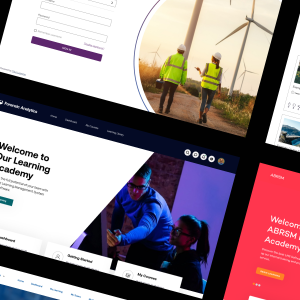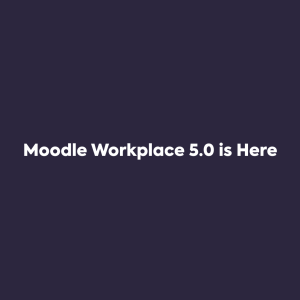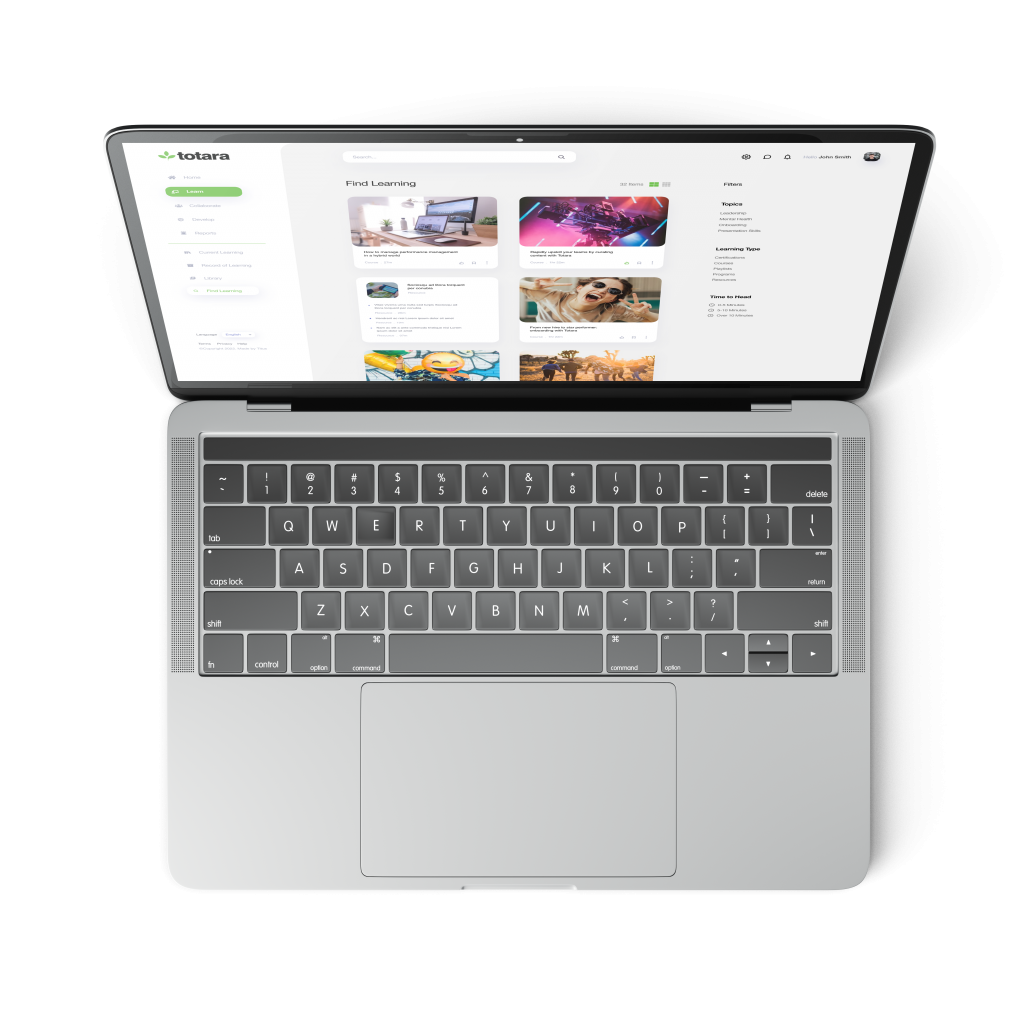Successful organisations place a great deal of importance on staff development, but getting learner management and administration right can be a big resource investment.
But by using the audiences tool in Totara Learn you can easily balance quick and efficient administration of learners with personalisation of an individual’s learning and development requirements.
A key feature of audiences is that it allows administrators to create groups of users through selection or based on certain criteria such as job role, position, last access rate plus a range of other criteria.
Enrol users on relevant courses and programs
There are a number of different criteria which can feed into an individual’s different training needs, such as their current job, past experience, current knowledge and future aspirations.
The audience tool is unique in that it allows you to enrol users into training programmes based on their criteria. On top of that, mandatory training can be automatically assigned to users once they join your organisation, or with other triggers such as a change in roles or requirements shift.
Create a custom portal for each audience
With audiences, different LMS features such as dashboards, graphical navigation and main menu items can be restricted to specific audiences to create a personalised platform experience for them.
As well as restricting access, its functionality also allows you to highlight different areas to different audiences, such as certain courses, programs and certifications. A benefit of this feature is that it allows courses which are created specifically for either internal staff or external customers to be available by audience membership only, providing a custom learning catalogue for every user
Tailor every learner’s experience
Personalised learning experiences are the key to a successful eLearning provision, and audiences help you create exactly just that. From granting exclusive access to particular activities and individualised course recommendations, to automatically assigning learning plans and filtering reporting data.







